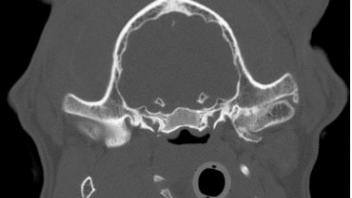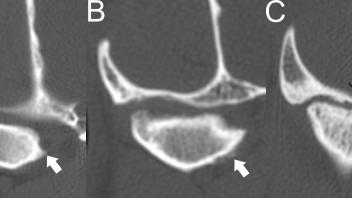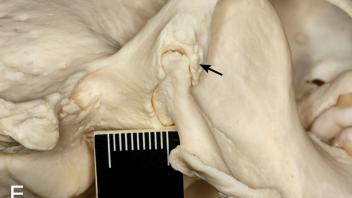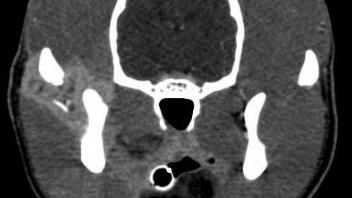Oral and Maxillofacial Regeneration
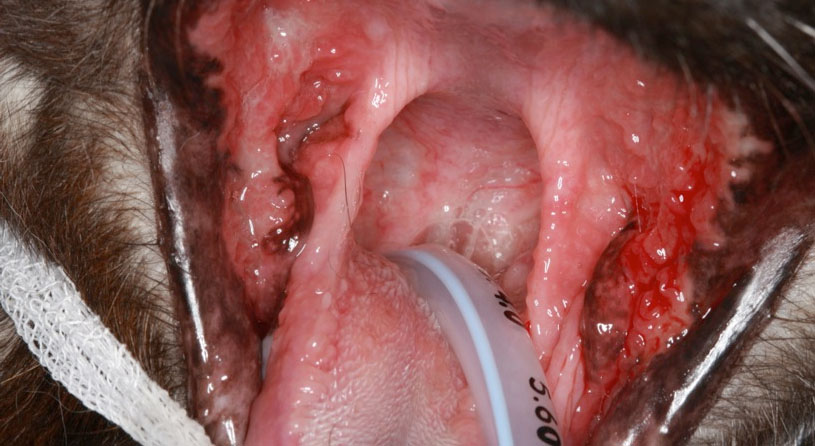
Autologous Adipose-Derived Mesenchymal Stem-Cell Therapy for Cats with Chronic, Non-Responsive Gingivostomatitis
Feline chronic gingivostomatitis (FCGS) is a severe inflammatory oral disease of cats that is often refractory to treatment. The condition is marked by oral inflammation affecting the gingival and non-gingival mucosa, particularly the caudal oral mucosa lateral to the palatoglossal folds. Photo: Feline chronic gingivostomatitis image Affected cats typically display clinical signs related to oral discomfort, including inappetence, anorexia and ptyalism. The etiopathogenesis of FCGS is poorly understood. Numerous factors such as breed predisposition, environmental stress, and a variety of infectious agents have been implicated in disease causation; however, the roles of these factors remain unresolved. Current treatment modalities include full or near-full mouth extractions, corticosteroid treatment, antibiotics and pain management. Recently, feline interferon treatment (available in Europe) has been proposed for non-responsive stomatitis. Extraction therapy provides the highest success rate (60%) whereas 40% of the cases will either not respond to extractions or will need additional (often lifelong) medical management.
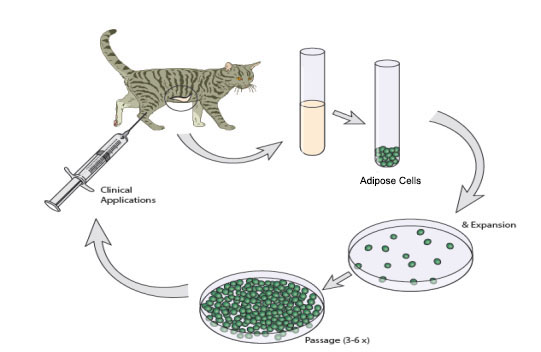 Affected cats typically display clinical signs related to oral discomfort, including inappetence, anorexia and ptyalism. The etiopathogenesis of FCGS is poorly understood. Numerous factors such as breed predisposition, environmental stress, and a variety of infectious agents have been implicated in disease causation; however, the roles of these factors remain unresolved. Current treatment modalities include full or near-full mouth extractions, corticosteroid treatment, antibiotics and pain management. Recently, feline interferon treatment (available in Europe) has been proposed for non-responsive stomatitis. Extraction therapy provides the highest success rate (60%) whereas 40% of the cases will either not respond to extractions or will need additional (often lifelong) medical management.
Affected cats typically display clinical signs related to oral discomfort, including inappetence, anorexia and ptyalism. The etiopathogenesis of FCGS is poorly understood. Numerous factors such as breed predisposition, environmental stress, and a variety of infectious agents have been implicated in disease causation; however, the roles of these factors remain unresolved. Current treatment modalities include full or near-full mouth extractions, corticosteroid treatment, antibiotics and pain management. Recently, feline interferon treatment (available in Europe) has been proposed for non-responsive stomatitis. Extraction therapy provides the highest success rate (60%) whereas 40% of the cases will either not respond to extractions or will need additional (often lifelong) medical management.

Reconstruction of critical size mandibular defects using rhBMP2
A common result of critical size mandibular bone defects is malocclusion due to mandibular drift. Malocclusion results in difficulty eating and drinking and pain of the contralateral temporomandibular joint (TMJ). The ideal treatment should reconstruct the mandible, potentially through bone regeneration, to restore proper function and pain-free occlusion. In the clinical aspects of this project mandibular reconstruction technique using titanium plates and recombinant human bone morphogenetic protein-2 (rhBMP-2is used. To date, we achievedexcellent clinical results with regenerating the mandibular bone in dogs. However, this requires further validation.
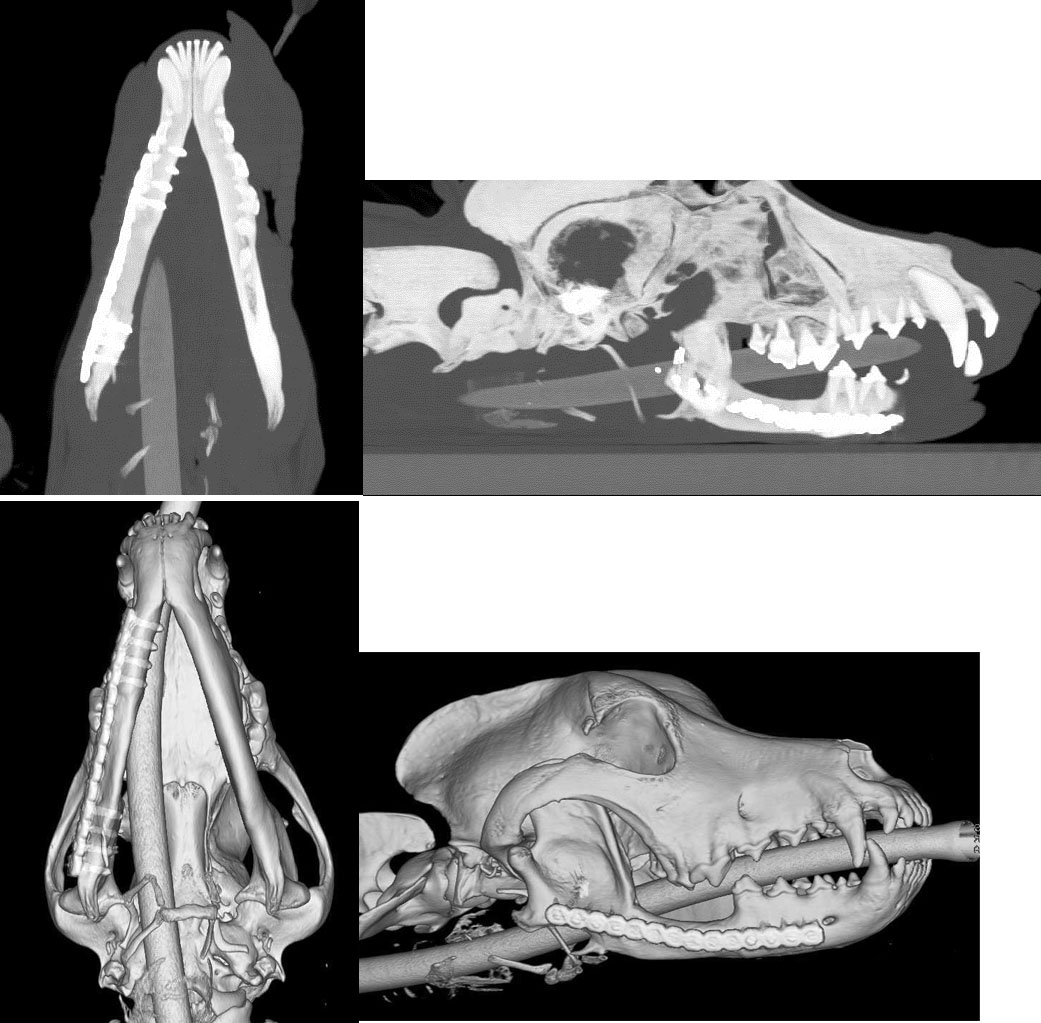
First we evaluate the dogs via computerized tomography (CT) as it is a minimally invasive, highly reliable technique that can provide quantitative measures of bone density and porosity, which impact the strength and other mechanical properties of bone. Second, we evaluate the recruitment of circulating mesenchymal stem cells (MSCs) and endothelial progenitor cells (EPCs) as a result of local implantation of a scaffold and rhBMP-2 in he treated dogs.
Temporomandibular joint disorders among the mammalian species
The temporomandibular joint (TMJ) is a feature that is unique to the mammalian species. It is an articulation between the temporal bones and the mandibular head of the condilar process of the mandibles. Between these bones, most mammalians have a fibrocartilagenous disc that separates the joint into two compartments. Each specie has a unique chewing behavior and eating patterns which make this joint somewhat different between the species to accommodate the structure-function relationship.
We study the TMJ disorders occurring among the mammalian species. We utilize our clinical data from the Dentistry and Oral Surgery Service at the VMTH, the radiologic data obtained via computed tomography, pathology specimens and specimens available to us from the California Academy of Science. Combined together, the information allows us a unique insight into TMJ disorders occurring amoung the mammalian species. The results of our studies are being published in the per-reviewed literature as we progress.


